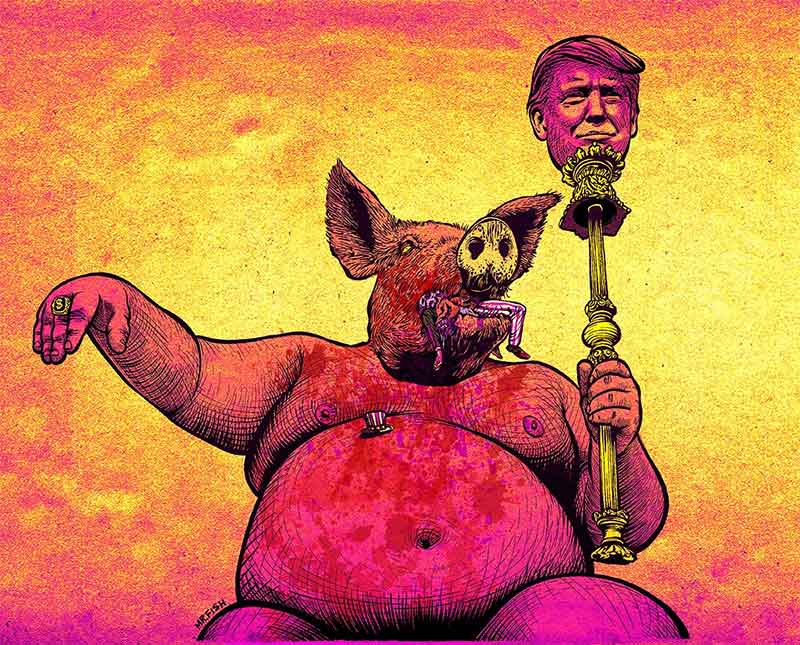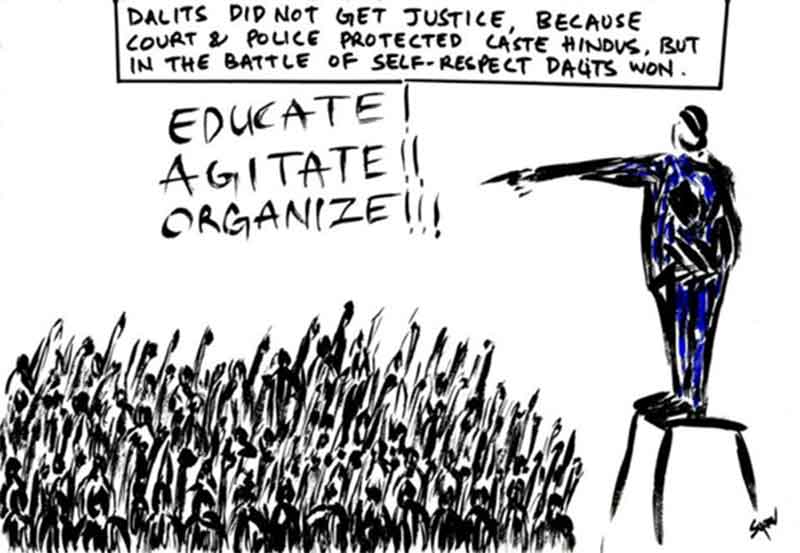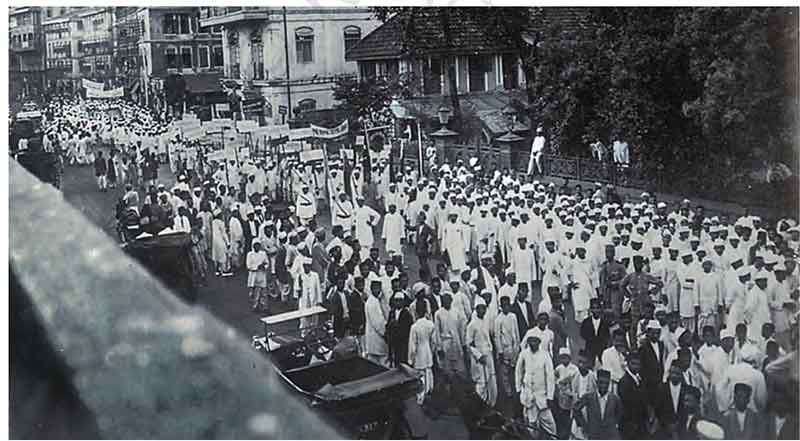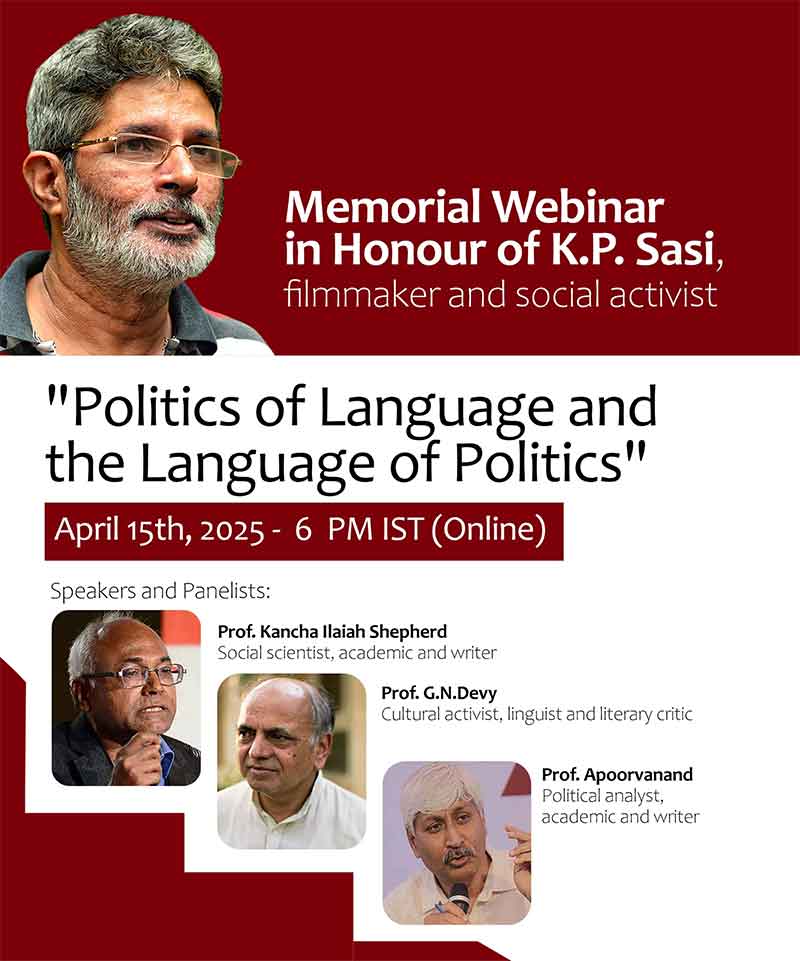If you gaze long into an abyss, the abyss also gazes into you – Nietzsche
Fredy Perlman, author and one of the founders of the Black and Red collective in the US , all of whose cousins, aunts, and grandparents died in Nazi concentration camps or gas chambers except two uncles surmises in the early eighties[1] “I think I’ve now shown that the experience of the Holocaust, whether lived or peeped, does not in itself make an individual a critic of Pogroms, and also that it does not confer special powers or give anyone a license to kill or make someone a mass murderer.”
Elaborating the intra-psychic processes at work, Perlman observes: “The long exile is over; the persecuted refugee at long last returns to Zion, but so badly scarred he’s unrecognizable, he has completely lost his self; he returns as anti-Semite, as Pogromist, as mass murderer; the ages of exile and suffering are still included in his makeup, but only as self-justifications, and as a repertory of horrors to impose on Primitives and even on Earth herself.”
The core of the Nazi ideology is that the German master race, or Herrenvolk, would rule over subordinate peoples. However, it requires a further step of reducing the enemy community to the status of sub-human creatures to be exterminated. The genocidal declarations of the Israeli State started with the President and Prime Minister and synergistically combined with popular music. The song currently topping the charts in Israel ‘Chabru Dabru’ is over a drill beat and calls for genocide against Palestinians. It compares those who support Palestine as Biblical enemies of Israel and the lyrics describe Israeli Army units as raining hell on the “rats” who shout “Free Palestine”[2]. Ironically the song uses genres of music, rap and reggaeton, which are used by oppressed people to express themselves.
Rats, lice, cockroaches, foxes, vultures – these are just some of the animals the Nazis used to deride and dehumanize Jews. The song taps into the subterranean unconscious and mobilizes the term “Amalek” which the Bible terms as an evil nation to be annihilated and wiped of the face of the earth. In 1992, Leon Mugesera, a senior politician in Rwanda’s then-ruling Hutu party, told a crowd of supporters at a rally in the town of Kabaya that members of the country’s minority Tutsi population were “cockroaches”. Subsequently during the Rwandan genocide of 1994, where hundreds of thousands of Tutsis were butchered, the minority community was repeatedly referred to as “cockroaches”.
Closer home, the Home Minister of India Mr. Amit Shah in the campaign for the 2016 State Assembly elections in the state of Assam termed Bangladeshi migrants as being termites. The turning of the “other” into a non- or sub- human creature acts as justification for the killings and probably takes it away from the category of killing another human being. We witness it in the construction of African-American “black” males by white supremacists as lustful animal creatures or of the Muslim males by a brand of “Jihadi” Hindutva in India as beasts.
Lehtonen, music therapist and psychologist and Shaughness, Professor of psychology at Eastern New Mexico University observe in their paper Freud’s enigmatic relation to music: “To Freud, Nazism was more like a religious cult than a political movement, which shamelessly used music as a matter of mass‐suggestion especially in its party‐rallies. This kind of atmosphere is suggesting participants forget their moral and common sense and blindly run into religious ecstasy. Freud thought that music was a form of mythical communication, which very effectively activated the dark powers of the unconscious.[3]”
Wagner’s music, much admired by Hitler was considered by many as expressing the incipient phantasies and desires which contributed to the underpinning and ideology of Nazism There is evidence that music of Wagner was used at the Dachau concentration camp in 1933/34 to ‘reeducate’ political prisoners by exposure to ‘national music’.
Kunal Purohit in the book “H Pop – the secretive world of Hindutva Pop” observes that H-Pop normalizes Islamophobia, demonizes minorities and vilifies its critics. He goes on to elaborate the process and describes the Ram- navmi procession in Gumla, Jharkhand in 2017 which was customarily greeted by Muslims with garlands and sweets as it reached the town’s biggest mosque, the Jama Masjid. Purohit writes “As the procession entered the lane housing the mosque, the music switched. The loud bass beats ensured not much was audible. But some words were ‘Toss the mullah’s skull cap to the ground’. And just like that, like a switch had been flicked somewhere, the crowds were suddenly electrified. They started chanting Hindu slogans, in ways that on lookers perceived were meant to be aggressive and deliberately provocative to Muslims.”
In a strife strewn world spewing venom against the perceived “enemy”, perhaps, it is apposite to keep in mind that Gandhi-ji’s framework was not of retributive morality and acknowledged the humanity of those struggled against and did not posit the English as evil or enemy or preach hate against them.
Rakesh Shukla brings to bear a psychoanalytic lens to law and social phenomenon
[1]https://www.marxists.org/reference/archive/perlman-fredy/1983/antisemitism.htm
[2]Israel pro-war condemned as genocidal song tops the chart.
[3] Lehtonen, K., & Shaughnessy, M. F. (2015). Sigmund Freud’s enigmatic relationship to music. International Journal of Advances in Psychology, 4. https://doi.org/10.14355/ijap.2015.04.001.











































